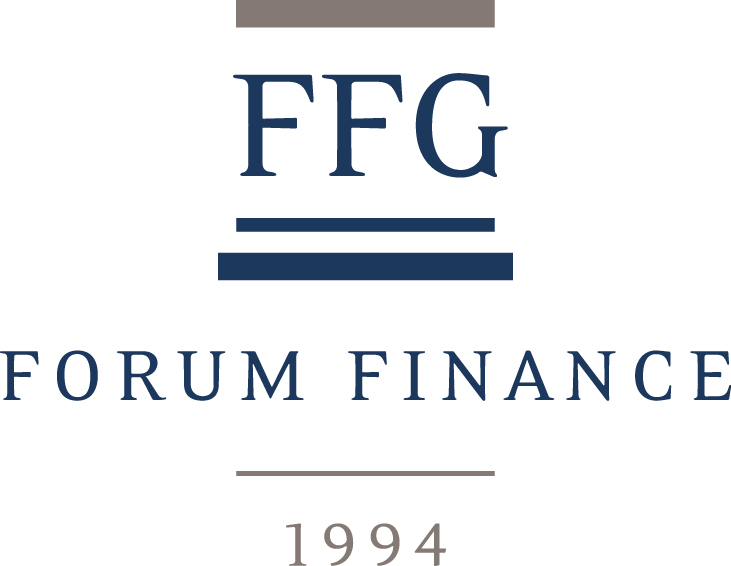Newsletter | August 2022
GLOBAL EQUITIES REBOUND AS BOND YIELDS DECLINE
3.4% THE EXPECTED PEAK LEVEL OF THE FED’S POLICY RATE
Investment perspective
Following a painful month of June for both equity and bond markets, July looked much like a mirror month as both asset classes performed strongly. In fact, the rebound of markets had started in June already, when expectations relative to the Federal Reserve’s terminal fund rate and bond yields peaked. The decline of yields, combined with an overall reassuring reporting of 2Q earnings, helped equity markets to generate outsized gains, with the MSCI World Index in local currencies climbing by 7.9%. US equities outperformed, especially growth stocks, whereas emerging markets underperformed, largely due to the weakness of Chinese equities. The retreat of bond yields continued at a quick pace; 10-year Treasury yields dropped by 0.36% to end the month at 2.65%, with the equivalent Bund yields falling by 0.52% to 0.81%. Credit spreads also tightened significantly, whereas the US dollar’s appreciation came to a halt, at least temporarily, around the middle of the month.
With more than 75% of the S&P 500’s market cap having reported, earnings have beaten estimates by 4.7%, with 71% of companies topping projections. Earnings per share growth is on pace for 9.8%, assuming the current beat rate for the rest of the season. Even if the beat rate was a little lower than that of the previous quarters, companies’ results can be qualified as solid overall, and guidance has tended to be constructive. Investors reacted positively to the publication of the results of mega-caps such as Apple, Amazon, Alphabet and Microsoft, further boosting the ongoing rally of equity markets. The FED press conference following the July 26-27 FOMC meeting was another supportive factor for equities; Chair Jerome Powell suggested that US rates were near their neutral level so that it was an appropriate time for the Fed to move to a strategy of data dependency.
Investment strategy
In our recent mid-year review, we wrote “Our assessment is that a lot of negative news has already been priced in, and market sentiment has become overly depressed”. While we will not pretend to have been anticipating such a strong rally of risky assets in July, it just goes to show how fickle markets have become, and how quickly they can turn around. It also shows that the cutting of exposures when market sentiment is at extreme lows can prove to be very costly. Historical data suggests that equity returns following bear markets, defined as a 20% drop, tend to be well above average over the next two years. That largely explains why we invest over the long term and do not attempt to time the market. We continue to believe that a well-diversified portfolio is the best way to navigate current market conditions, hence our positioning.
Like many we have been astounded by the speed at which some market trends have shifted this year. This reflects an extreme level of uncertainty which has resulted in prices overshooting and undershooting massively. It is still too early to believe we have reached a point of equilibrium following these violent swings so further volatility is to be expected in the months ahead.
MARKETS HAVE REGAINED SOME COMPOSURE WITH CORPORATE EARNINGS PROVIDING REASSURANCE
Portfolio Activity/ News
July was a very positive month for the portfolios, with the vast majority of strategies producing monthly gains. The best contributions were provided by the global technology and multi-thematic funds, European Small Caps, US Value and US Growth, the Medtech & Services fund, as well as European and Japanese equities. The fixed-income asset class also contributed positively, thanks to declining risk-free bond yields and tighter credit spreads. Chinese equities, the trend-following strategy and L/S equities were the portfolios’ main detractors; the negative return recorded by the trend-following CTA strategy in July was to be expected considering the inversion of some well-entrenched trends. For non-USD denominated portfolios, the US dollar exposure was also a contributor.
In July we cut one of our more growth-orientated strategies in favour of more defensive ones. We effectively increased the allocation to the real assets and to the stable equity strategies. The objective of these moves is to reduce some of the portfolio’s volatility and to increase the exposure to less cyclical businesses and to assets offering a higher level of protection against inflation.
Download the Newsletter
